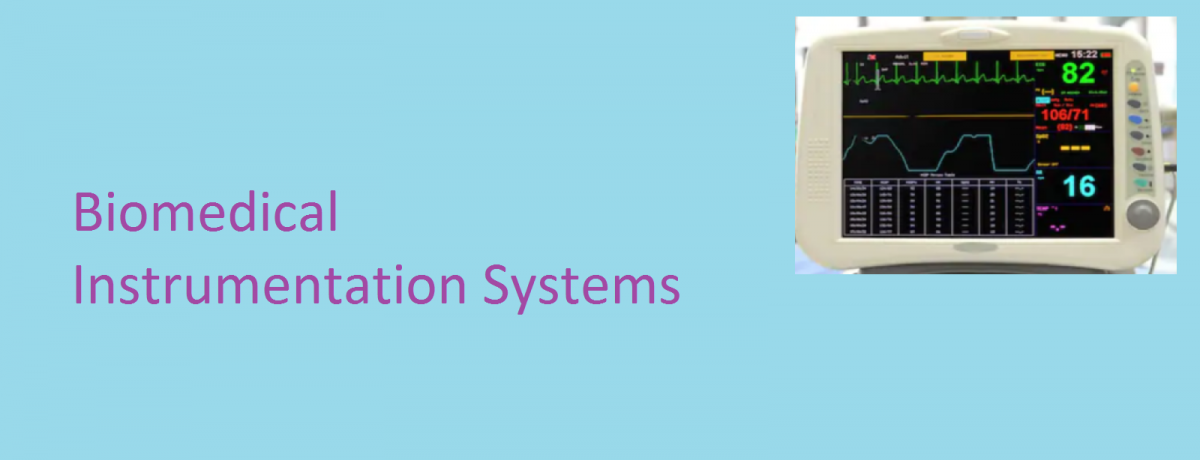The arrhythmia means abnormal rhythm of the heart. Rhythmic action of the heart is initiated by regularly recurring electrochemical impulses originating at the natural cardiac pacemaker at the Sino-atrial anode (SA). Each pacing impulse spread over the surface of the atria to the AV anode. After some delay at the AV anode, the impulse is conducted to the ventricles. A normal Sinus Rhythm (NSR) depends on the proper functioning of the pacemaker (SA) node and conduction of the impulses. Any change in the NSR is called arrhythmia. SA node may temporarily or permanently fail due to some disease and it may result into no impulse originating from SA node. In that case, the pacing function is taken over by some other cells near AV node. In that situation, the heart fails to pace at normal rate and it is found to pace at much lower rate. Such condition of slow pacing is called bradycardia or slow heart. In this situation, the heart cannot provide sufficient blood to meet the body’s demands. Also when the triggering pulse does not reach the heart muscle because of blocking by the damaged tissues, the heart action gets affected i.e. leads to decreased heart rate. All these heart effects can be detected by noticing the changes in the heart rate and Electrocardiogram (ECG) waveform. By giving external stimulation impulses to the heart muscle, it is possible to regulate the heart rate. These impulses are provided by an electronic instrument called pacemaker.
Generally pacemakers consist of:
- Pulse generator/oscillator
- Electrode
- Output circuit
- A battery or power pack
Pacemakers can be:
- Asynchronous (fixed rate)
- Demand type (synchronous)
- Atrial-synchronous
- Rate response pacemakers
The Asynchronous pacemaker generates impulses at a uniform rate regardless of what is going in the heart. The oscillator controls the pulse output circuit and impulse is given to the heart through the electrode as shown in the diagram below:

Asynchronous pacing is also called competitive pacing as the fixed rate impulse may take place along with the natural pacing impulse of the heart; hence both impulses compete to control the heart.
The above problem is overcome in the synchronous pacemaker. The artificial pacemaker does not compete with natural pacing impulses of the heart. A demand type synchronous pacemaker has a timing circuit, an output circuit, electrode and feedback loop.

The timing circuit runs at fixed rate which is lower than the natural pacing rate of the heart. Hence the pacemaker remains at stand-by mode. The pacemaker takes over when the natural pacing rate of the heart fails below the fixed rate set on the pacemaker.
The atrial-synchronous pacemaker is used when conduction system of the heart fails especially the AV node. The SA node generates impulse which stimulates the atria. The impulse corresponding to atrial conduction (The P wave ECG) is detected by the electrode of the artificial pacemakers which triggers with appropriate delay an impulse similar to natural AV node which has failed. Often atrial synchronous pacemaker is combined with the demand pacemakers system so that the combined pacemaker can do the job of defective natural pacemaker and defective AV node.
The rate responsive pacemaker has a sensor which converts the physiological variables of the patient to electric signals which are fed to the controller circuit. The pacemaker is programmed to control the heart rate as per the electric signals generated by the physiological variables. The controller decides whether artificial pacing is required or not in the place of natural pacing. If it is not required, the artificial pacing remains in the non-functional state.
You can also read: The Introduction to Biomedical Instrumentation
The pacemakers can also be grouped as internal or external pacemakers. Internal pacemakers are permanently implanted in patients who have either fails SA node or have suffered from permanent heart impulse block. The external pacemakers have external wearable pulse generator connected to electrode located at the heart. These pacemakers are used if patients have temporary heart irregularities or if they are undergoing cardiac surgery.
You can also read about: How Potentials in the Body are generated


3 thoughts on “Cardiac Pacemakers”